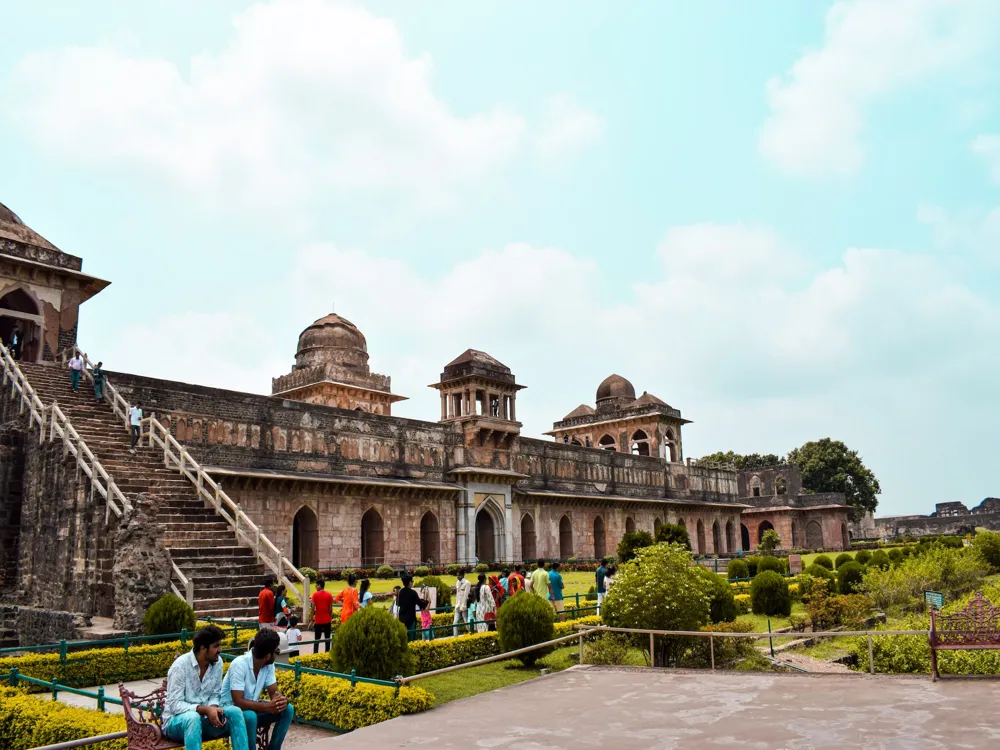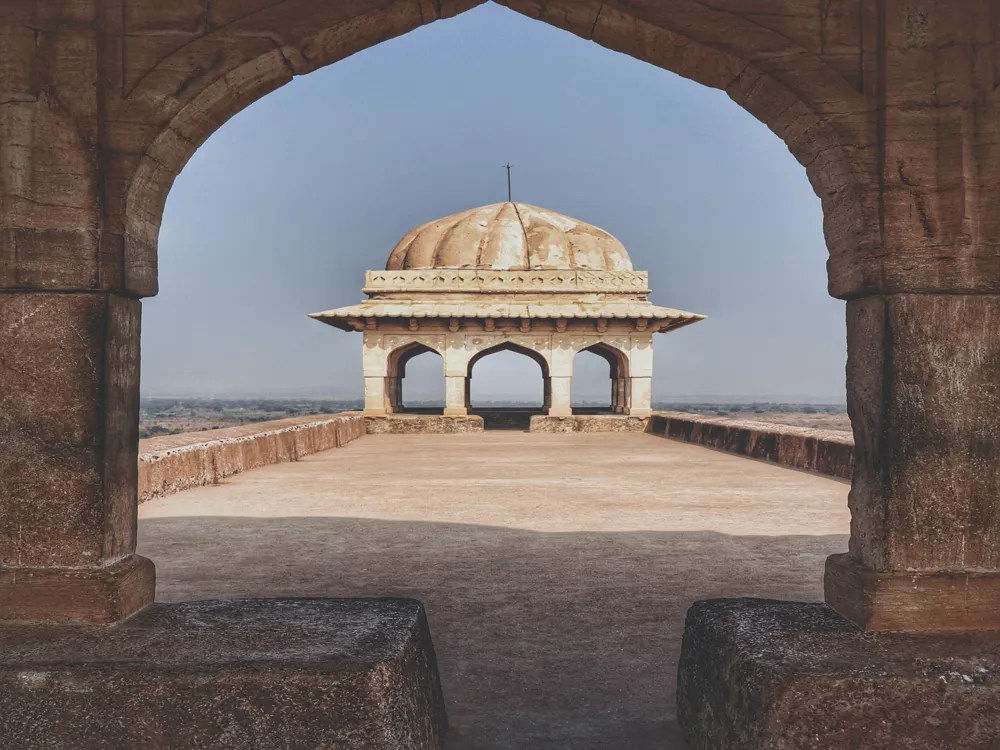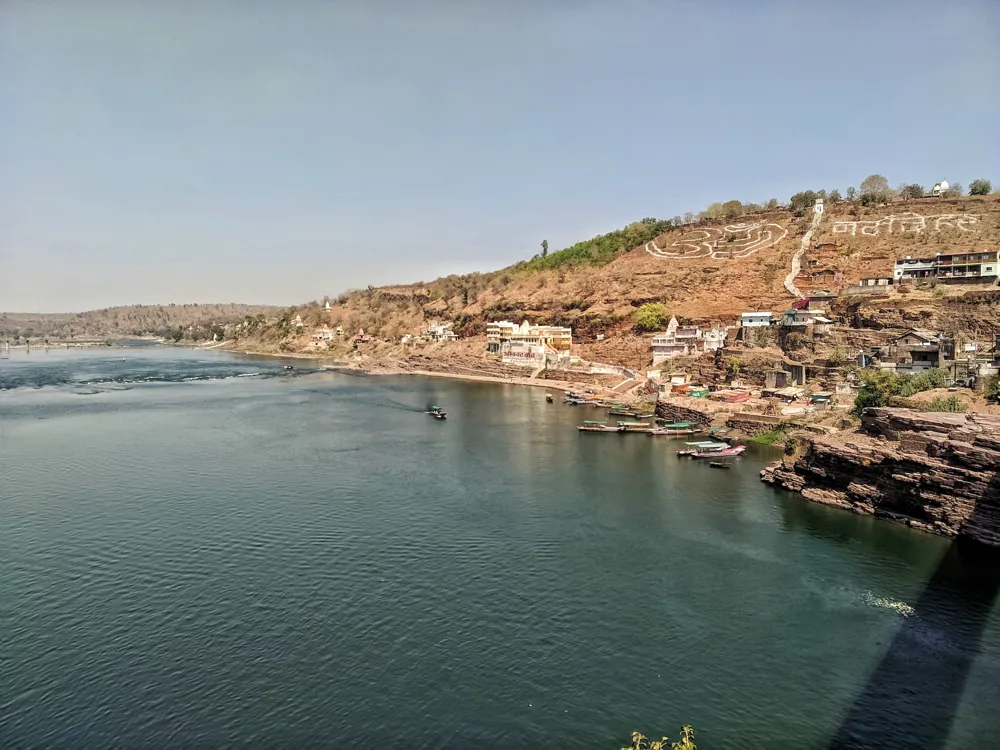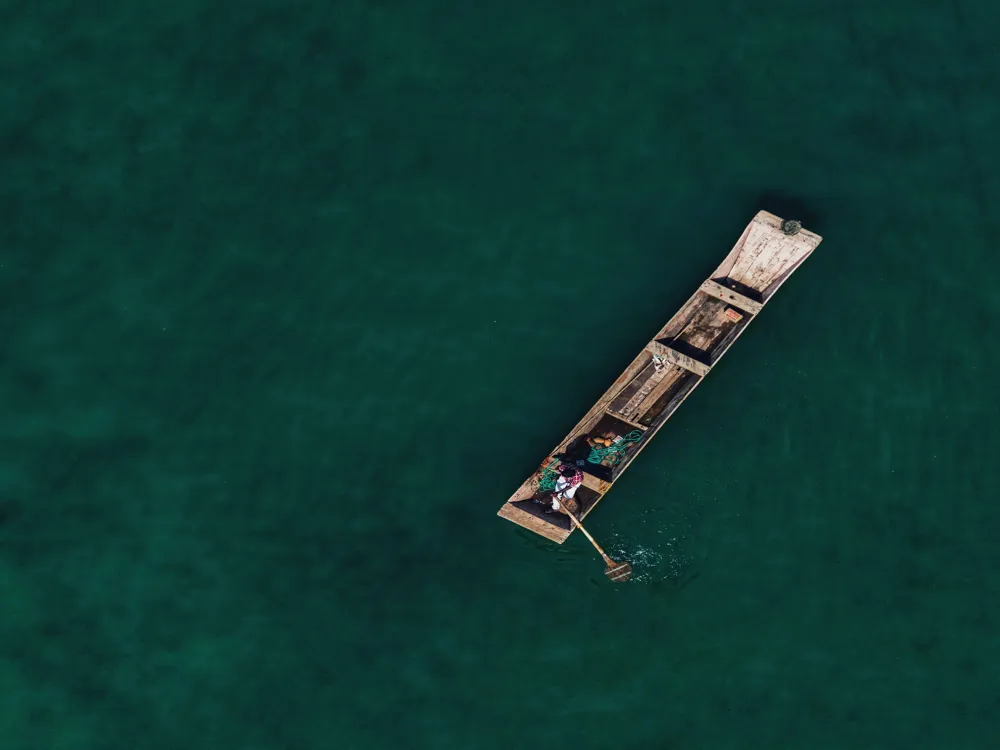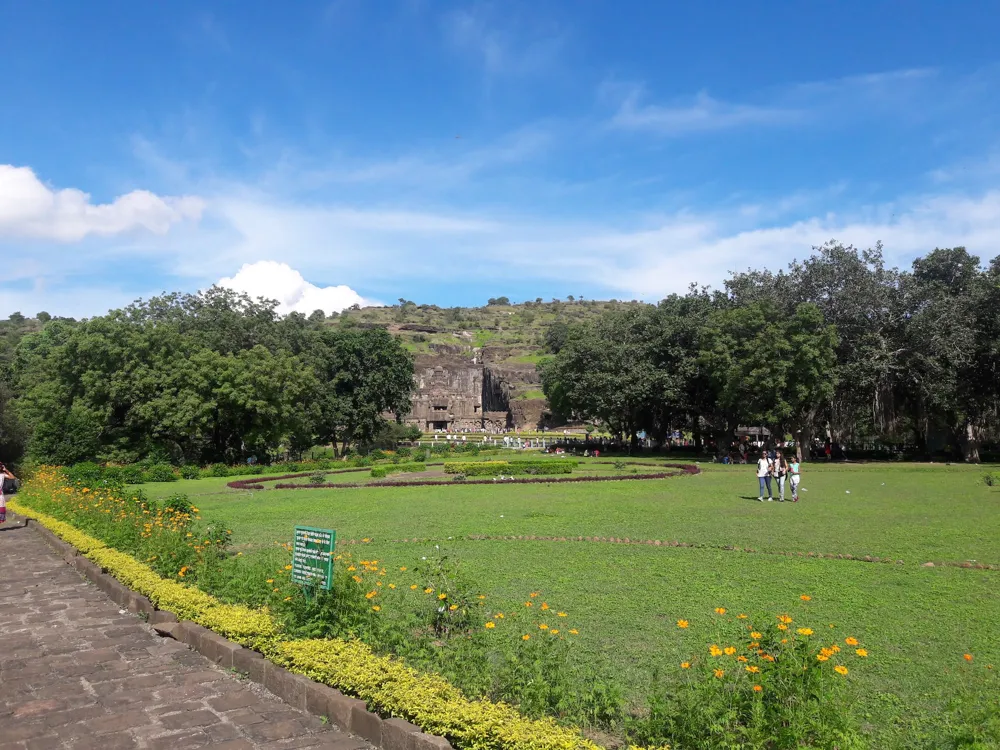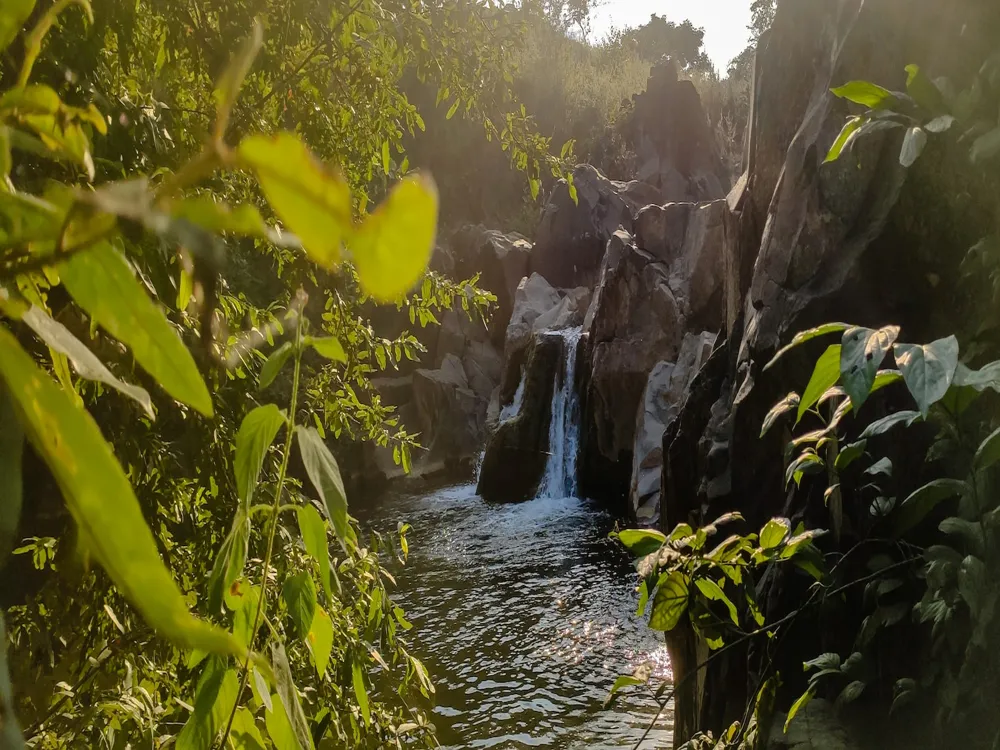Ahilya Fort, nestled in the heart of Maheshwar, Madhya Pradesh, is a breathtaking historical site that embodies the rich cultural heritage of India. This majestic fort, which overlooks the serene Narmada River, has a fascinating history intertwined with the legacy of the Holkar dynasty, particularly the revered Queen Ahilyabai Holkar. The fort's strategic location and its historic significance make it a must-visit destination for history enthusiasts and travelers alike. The story of Ahilya Fort begins in the 18th century when it was the center of power for the Holkar dynasty. Queen Ahilyabai Holkar, renowned for her wisdom, compassion, and administrative prowess, made significant contributions to the fort’s development, turning it into a hub of cultural and spiritual activities. The fort's architecture reflects a blend of Maratha and Mughal styles, indicative of the era's aesthetic sensibilities. Its sturdy walls and bastions tell tales of past battles, while its intricate carvings and courtyards whisper stories of royal gatherings. As you walk through the fort, you are taken on a journey back in time. Each corner of Ahilya Fort reveals a different aspect of its glorious past. The palatial rooms, now converted into a heritage hotel, offer a glimpse into the royal lifestyle. The fort also houses temples dedicated to various deities, showcasing the spiritual significance of this place. The Ahilya Fort is not just a testament to the architectural grandeur of its time but also a living legacy of a powerful and benevolent queen who left an indelible mark on the region’s history. Today, Ahilya Fort stands as a proud reminder of India's rich history and architectural marvels. It attracts thousands of visitors annually, who come to marvel at its beauty and delve into its historical depths. The fort's transformation into a luxury heritage hotel has opened its doors to those looking to experience royal living. This majestic fort remains a symbol of the region's resilience and the enduring legacy of Queen Ahilyabai Holkar. The architecture of Ahilya Fort is a remarkable blend of Maratha and Mughal influences, reflecting the diverse cultural and historical influences of the time. The fort's design is a testament to the architectural ingenuity of the 18th century, characterized by imposing structures, intricate carvings, and expansive courtyards. The use of locally sourced materials and traditional construction techniques adds to the fort's authentic charm. One of the most striking features of the fort is its strategic location atop a cliff, overlooking the Narmada River. This positioning not only provided a natural defense mechanism but also offered breathtaking views of the river and surrounding landscape. The fort's layout is a mix of private and public spaces, including royal residences, administrative offices, and temples. The residential quarters are a fine example of luxury and comfort, with spacious rooms, ornate decorations, and intricate frescoes. The fort's defensive structures, such as bastions and watchtowers, are a testament to its historical role as a stronghold. These features were designed to withstand enemy attacks and protect the inhabitants. The fort's walls are adorned with detailed carvings depicting scenes from Hindu mythology, adding a spiritual dimension to the architectural marvel. The Ahilya Fort also houses several temples, each with its unique architectural style and spiritual significance. These temples are not just places of worship but also serve as cultural centers, hosting various festivals and ceremonies throughout the year. The blend of religious and royal architecture within the fort creates a harmonious balance, showcasing the holistic approach to design during that era. In summary, the architecture of Ahilya Fort is a magnificent representation of the era's artistic and cultural achievements. It stands as a symbol of the rich architectural heritage of India, inviting visitors to explore its grandeur and delve into its historical depths. The ideal time to visit Ahilya Fort is between October and March when the weather is pleasant, making it perfect for exploring the fort and its surroundings. Avoid the summer months as the heat can be intense. Staying at the heritage hotel within the fort offers a unique experience of royal living. Alternatively, there are several budget-friendly hotels and guest houses in Maheshwar that cater to different preferences. Visitors should respect the local culture and customs. Dress modestly, especially when visiting temples within the fort. It's also advisable to seek permission before photographing locals or religious sites. Take your time to explore the fort's many facets. Hiring a local guide can enhance your experience, providing insights into the fort's history and architecture. While the fort is generally safe for visitors, it's always wise to keep your belongings secure. The fort's terrain may be challenging for those with mobility issues, so plan accordingly. Ahilya Fort is well-connected by road and is easily accessible from major cities in Madhya Pradesh. The nearest airport is in Indore, about 91 km away. From Indore, you can hire a taxi or take a bus to Maheshwar. The nearest railway station is in Barwaha, which is about 39 km from Maheshwar. Once in Maheshwar, local transportation options like auto-rickshaws and taxis are available to reach Ahilya Fort. Read MoreOverview of Ahilya Fort, Maheshwar, Madhya Pradesh
Architecture of Ahilya Fort
Tips When Visiting Ahilya Fort
Best Time to Visit
Accommodation Options
Local Etiquette and Customs
Exploring the Fort
Safety and Accessibility
How To Reach Ahilya Fort
Maheshwar Tourism
Best Time to Visit Maheshwar
How to Reach Maheshwar
Things To Do Maheshwar
Ahilya Fort
Maheshwar
Madhya Pradesh
NaN onwards
View maheshwar Packages
Weather :
Tags : Forts & Palaces
Time Required : 1 day/night
Planning a Trip? Ask Your Question
Maheshwar Travel Packages
View All Packages For Maheshwar
Top Hotel Collections for Maheshwar

Private Pool

Luxury Hotels

5-Star Hotels

Pet Friendly
Top Hotels Near Maheshwar
Other Top Ranking Places In Maheshwar
View All Places To Visit In maheshwar
View maheshwar Packages
Weather :
Tags : Forts & Palaces
Time Required : 1 day/night
Planning a Trip? Ask Your Question
Maheshwar Travel Packages
View All Packages For Maheshwar
Top Hotel Collections for Maheshwar

Private Pool

Luxury Hotels

5-Star Hotels

Pet Friendly









